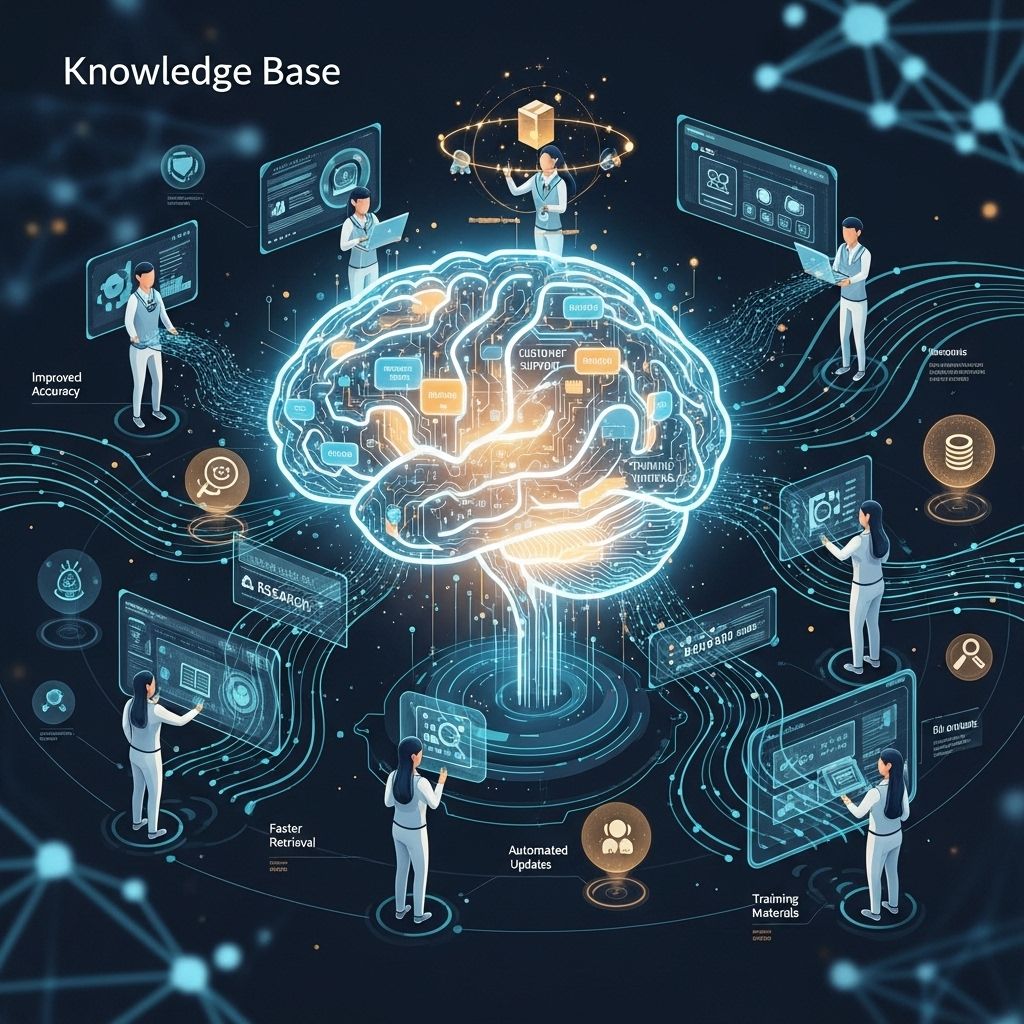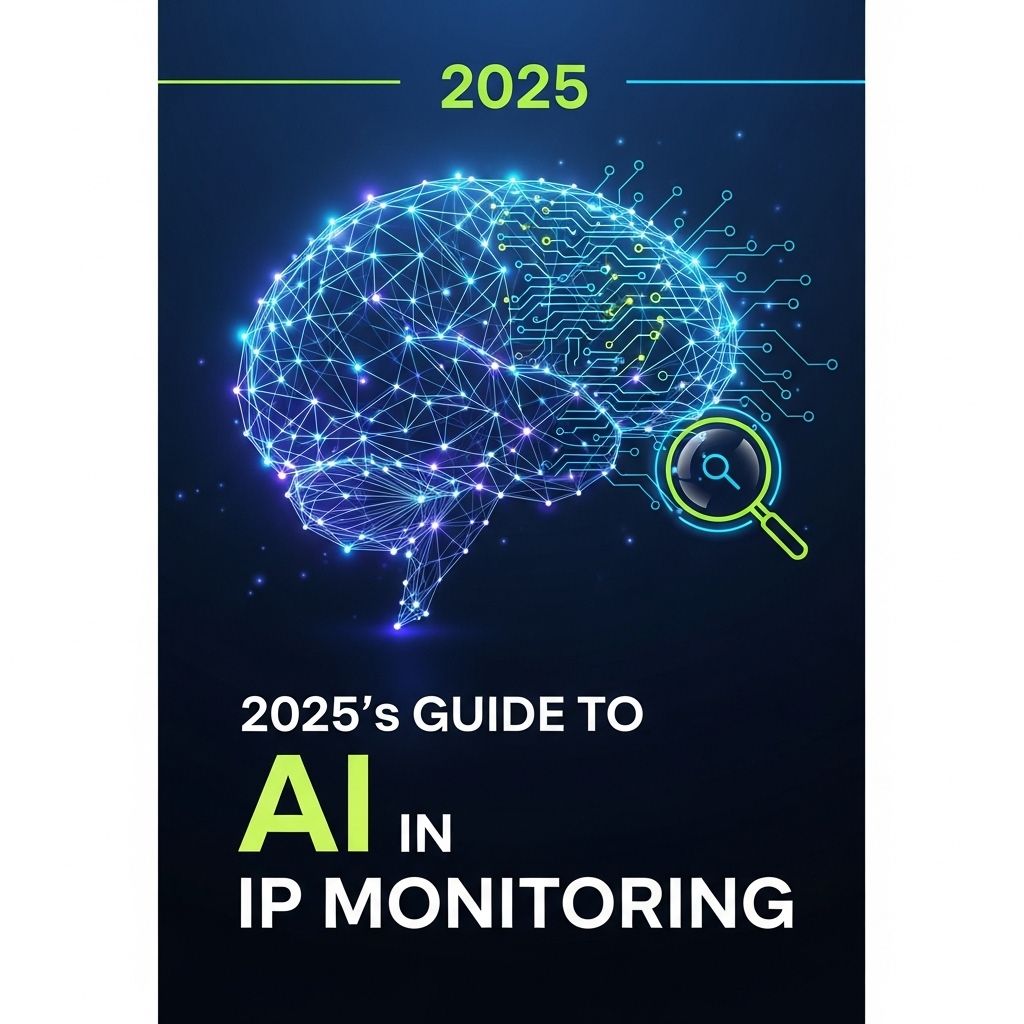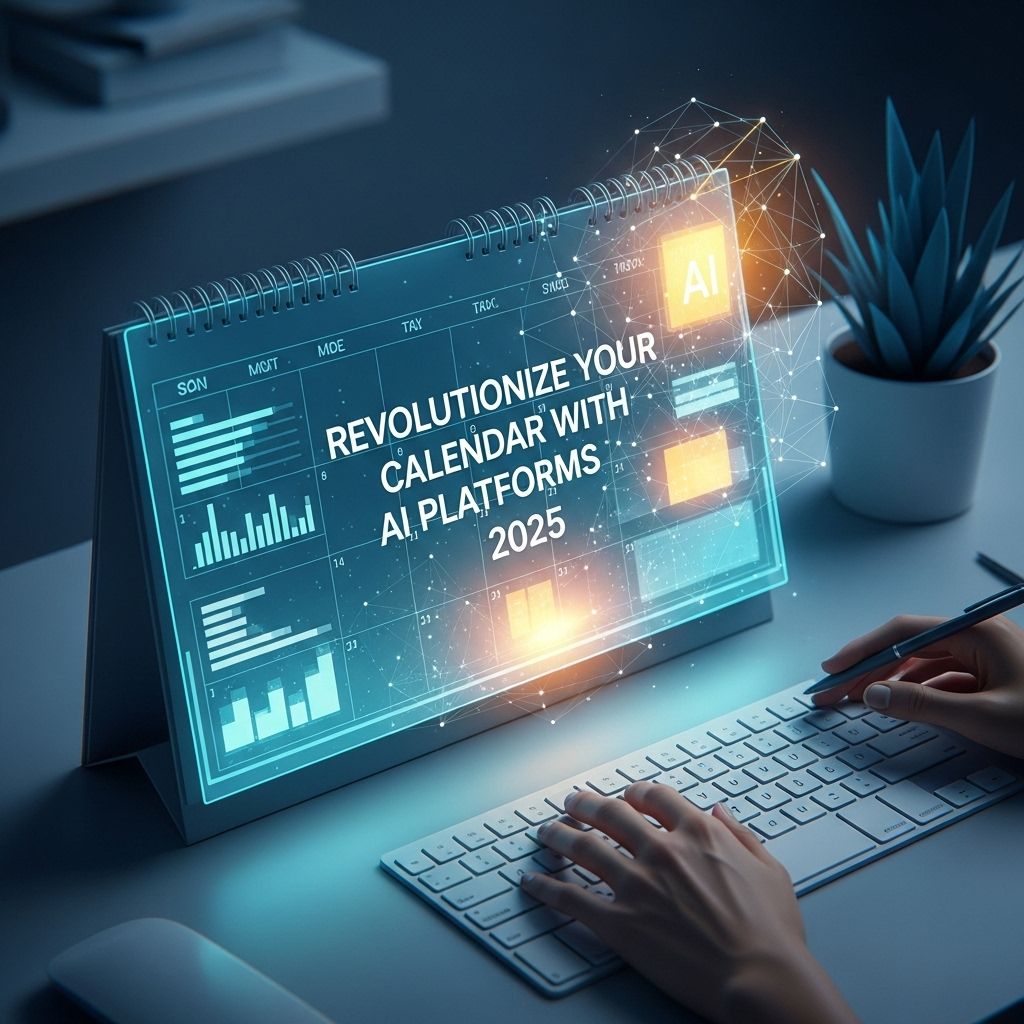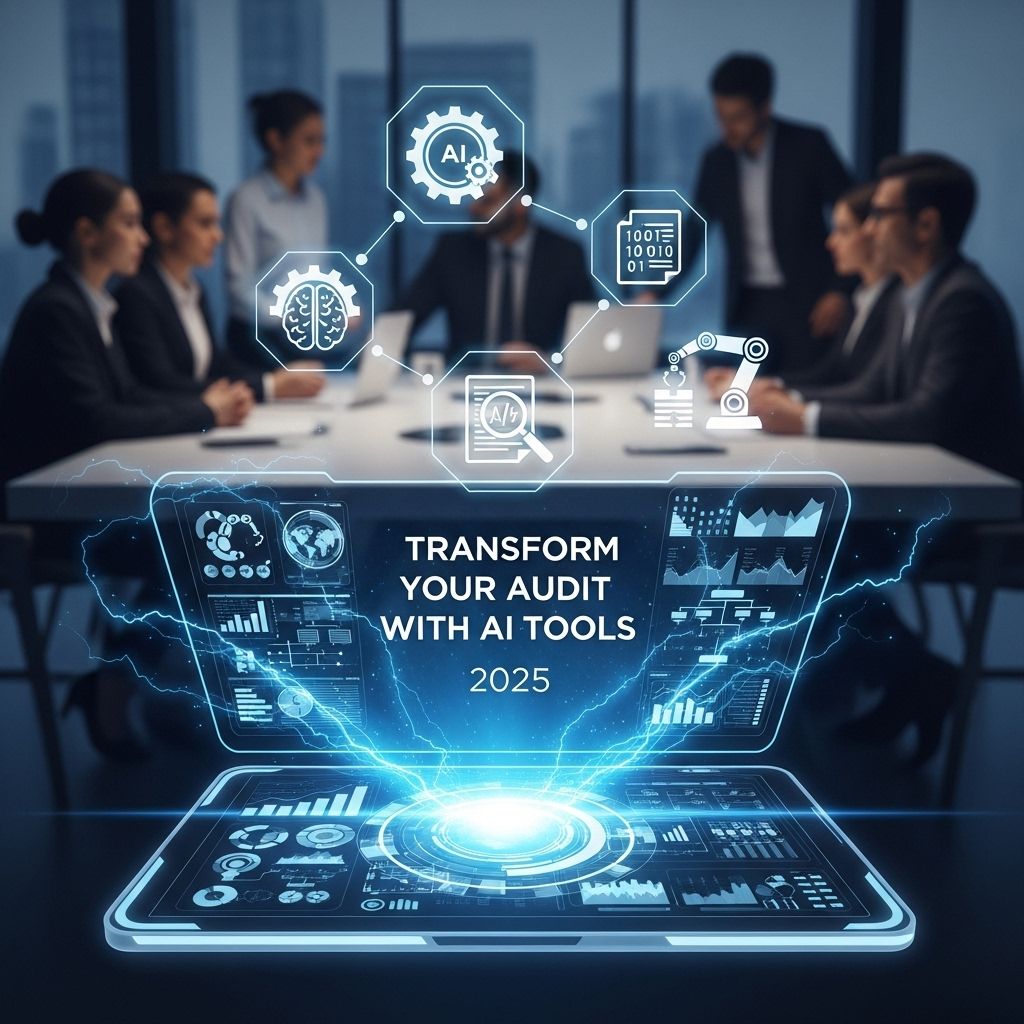Unlock Efficiency: Data Center Modernization Explained
Discover how data center modernization can unlock efficiency, reduce costs, and enhance performance for your business operations.
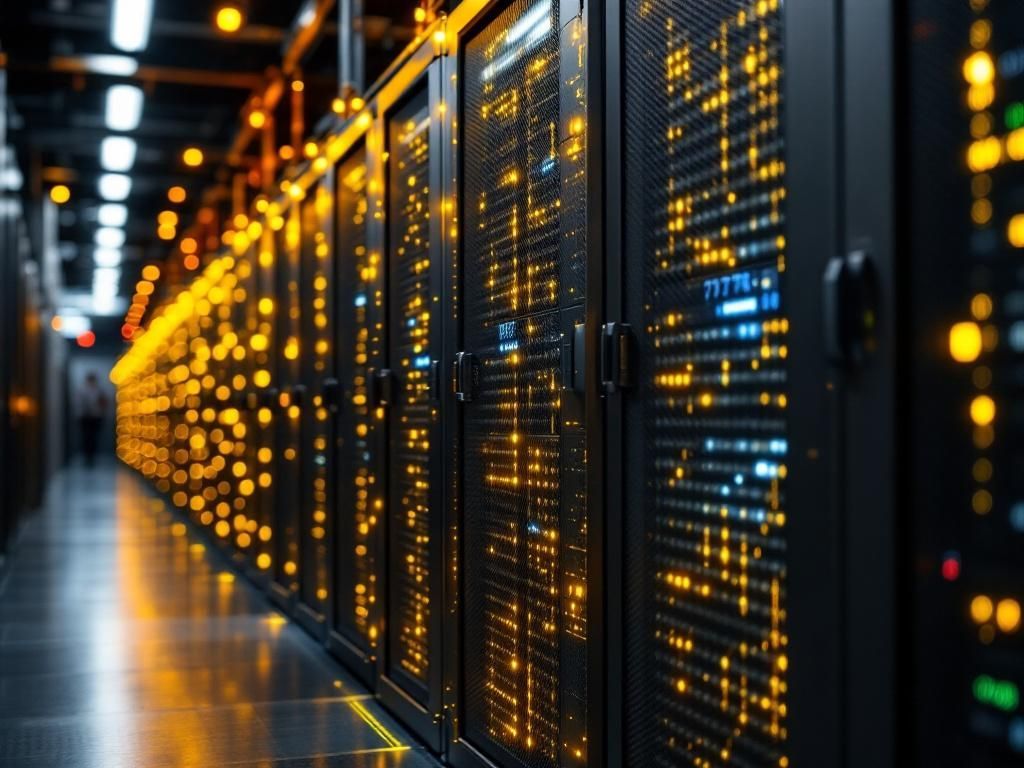
In the rapidly evolving landscape of technology, data centers stand as the backbone of modern enterprise operations. With the growing demand for speed and efficiency, companies are increasingly looking at data center modernization as a vital strategy to keep pace. This article delves into the nuances of data center modernization, exploring its importance, methodologies, and the technologies that are driving this transformation.
Table of Contents
The Importance of Data Center Modernization
Data centers are not merely facilities for housing servers; they are critical infrastructures that enable organizations to process, store, and manage vast amounts of data. As businesses grow, so do their data needs. Here are key reasons why modernization is essential:
- Cost Efficiency: Older data centers often lead to increased operational costs. Modernization can help optimize resource utilization and reduce energy expenses.
- Scalability: As business requirements fluctuate, a modernized data center can provide the flexibility to scale resources up or down, ensuring that capacity aligns with demand.
- Performance Improvements: Upgrading hardware and software can lead to significant performance gains, minimizing latency and enhancing overall application responsiveness.
- Enhanced Security: Modern data centers integrate advanced security protocols to protect sensitive information from increasing cyber threats.
- Compliance: Following regulations and maintaining compliance is more manageable with updated infrastructure that supports necessary standards.
Assessing Your Current Data Center
Before embarking on the modernization journey, organizations must evaluate their existing data center environments. This assessment involves several key steps:
1. Inventory Existing Resources
Take stock of your current hardware, software, and network resources. Understanding what you have will provide a baseline for improvements.
2. Performance and Utilization Analysis
Analyze how effectively your current resources are being utilized. Identify bottlenecks and performance issues that need addressing.
3. Determine Business Goals
Align your modernization efforts with your organization’s strategic objectives. What are you aiming to achieve? This could range from improving customer experience to increasing operational efficiency.
4. Budget Considerations
Establish a budget for your modernization project. This will guide your choices regarding technology investments and prioritize areas that require immediate attention.
Key Strategies for Modernizing Data Centers
Once the assessment is complete, it’s time to formulate a strategy for modernization. Here are some popular approaches:
Hybrid Cloud Adoption
Integrating a hybrid cloud model allows businesses to maintain some resources on-premises while leveraging the scalability of public cloud services. This approach offers flexibility, resilience, and cost management.
Virtualization
Virtualization technology enables multiple virtual machines to run on a single physical server, maximizing resource utilization and simplifying disaster recovery processes.
Automation and Orchestration
Implementing automation tools can streamline operations, reduce human error, and enhance deployment speed. Orchestration ensures that various processes across the data center work in harmony.
Edge Computing
As IoT devices proliferate, edge computing brings data processing closer to the source, reducing latency and bandwidth usage. This strategy is essential for applications that require real-time data analysis.
Technologies Driving Modernization
Several technologies are critical to modernizing data centers:
| Technology | Description |
|---|---|
| Artificial Intelligence | AI enhances data center operations through predictive analytics, improving maintenance and optimizing resource allocation. |
| Containerization | Containers package applications with their dependencies, allowing for faster and more reliable deployments. |
| Software-Defined Networking (SDN) | SDN separates the control plane from the data plane in networking, enabling more flexible and efficient network management. |
| Hyperconverged Infrastructure (HCI) | HCI combines compute, storage, and networking into a single system, simplifying management and reducing costs. |
Best Practices for Successful Data Center Modernization
To ensure a smooth transition, consider the following best practices:
- Develop a Clear Roadmap: A well-defined plan will guide your modernization efforts and keep stakeholders aligned.
- Engage All Stakeholders: Involve relevant departments, including IT, finance, and operations, to gather diverse insights and ensure a holistic approach.
- Train Staff: Prepare your workforce for new technologies through training and resources to facilitate adoption.
- Monitor and Optimize: Post-modernization, continuously monitor performance metrics and be open to further optimization.
Challenges to Overcome
Modernizing a data center is not without its challenges. Organizations may face:
- Budget Constraints: Balancing the cost of modernization with other operational expenses can be difficult.
- Resistance to Change: Employees accustomed to legacy systems may resist transitioning to new technologies.
- Data Migration Issues: Moving data from old systems to modern environments requires careful planning to avoid data loss or downtime.
The Future of Data Center Modernization
As technology continues to advance, data center modernization will remain a dynamic process. Emerging trends like quantum computing, AI-driven management, and new energy-efficient cooling systems will shape the future landscape. Organizations that prioritize modernization will not only improve operational efficiency but also enhance competitive advantage.
Conclusion
Data center modernization is a critical strategic initiative for organizations aiming to thrive in a digital-first world. By assessing current infrastructures, implementing modern technologies, and adhering to best practices, businesses can unlock efficiencies that drive innovation and growth.
FAQ
What is data center modernization?
Data center modernization refers to the process of upgrading and transforming existing data center infrastructure, technologies, and operations to improve efficiency, scalability, and performance.
Why is data center modernization important?
Data center modernization is important because it helps organizations reduce operational costs, enhance agility, and leverage advanced technologies such as cloud computing, virtualization, and automation.
What are the key benefits of modernizing a data center?
Key benefits of modernizing a data center include improved energy efficiency, better resource utilization, enhanced security, and the ability to support emerging technologies and business demands.
How can organizations start their data center modernization journey?
Organizations can start their data center modernization journey by assessing their current infrastructure, defining their goals, and developing a strategic plan that includes technology upgrades and process improvements.
What role does cloud computing play in data center modernization?
Cloud computing plays a significant role in data center modernization by providing scalable resources, enabling flexibility, and allowing businesses to adopt a hybrid or multi-cloud approach for improved service delivery.
What are common challenges faced during data center modernization?
Common challenges during data center modernization include managing legacy systems, ensuring data security, aligning with business objectives, and handling the complexities of migration to new technologies.

